Have you ever seen a bird that looks so mischievous? Well, this one is as mischievous as it gets, because not only does it has a black bandit mask covering over its face, it also has a grin-shaped mark on its throat that completes its troublemaker look!
The black-throated bushtits (Aegithalos concinnus) or small passerine birds can be found all over eastern and southern Asia. These species belong to the family Aegithalidae, with their colorful plumage and bold patterns that make them so distinct and special.
They are known for their black bandit mask around their eyes and a huge black mark on their throat that gives them a permanent grinning face. However, their appearances and plumage may vary depending on where they are located, as they can also be found within Nepal, Bhutan, northeastern India, northeastern Bangladesh, northern Myanmar, Cambodia, Laos, Vietnam, Thailand, and the Yellow River.
Both female and male black-throated bushtits look similar, however, females are significantly lighter and smaller than males. They flock together in small groups all throughout the year, but sometimes, they also join feeding flocks that are mixed-species.
Bushtits don’t usually migrate, even though they do sometimes follow seasonal migration. Their population grows during the breeding season.
This cute little bird with a permanent grin is called the black-throated bushtit, and it’s mark makes it have a permanent grin on its appearance.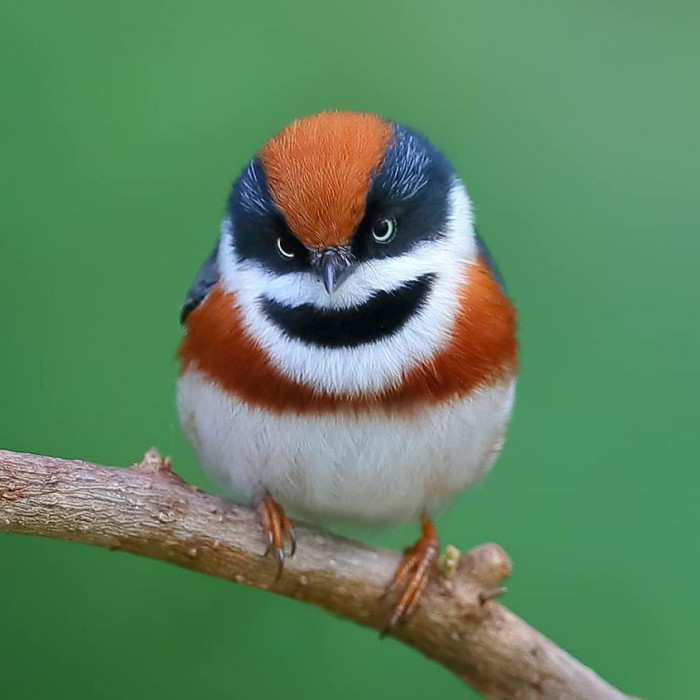
They weigh about 4-9 grams and are only typically 10.5 centimeters or 4 inches in length.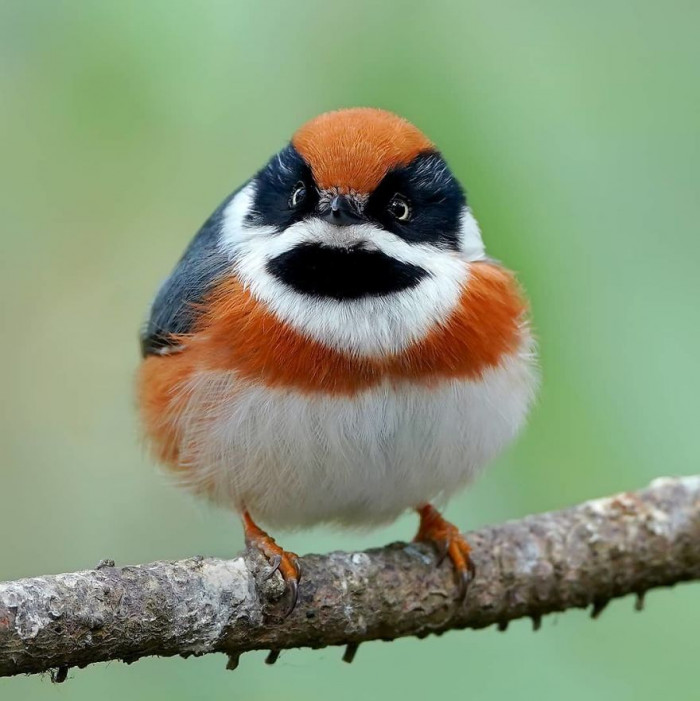
Chen Chengguang, a Taiwanese wildlife photographer that specializes in bird photography has shared photos of these birds that he captured online.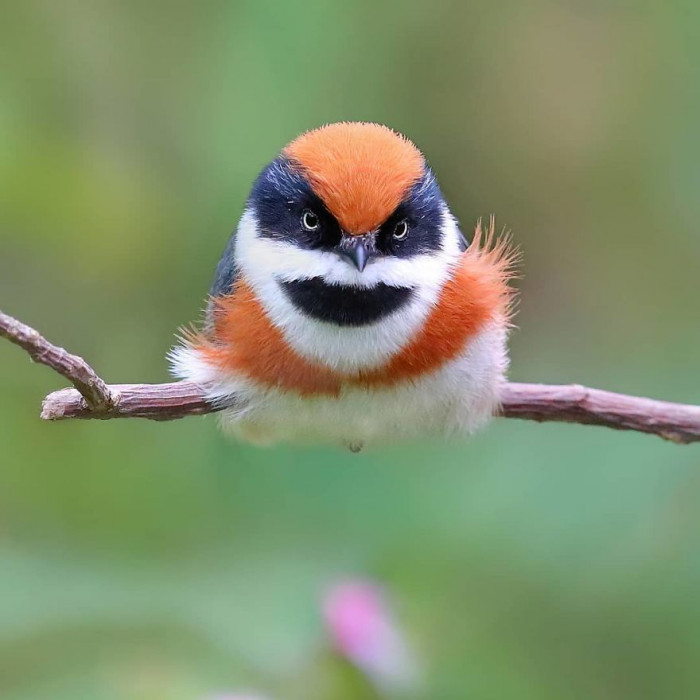
These species have a varying plumage, but all the subspecies have tails of the same length, and all with its famous black throat and the black bandit mask around its eyes.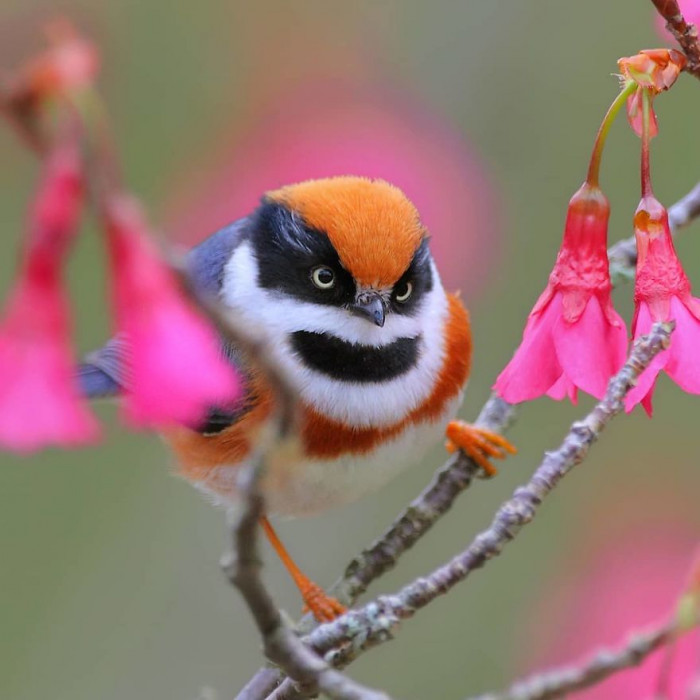
Their population extends from the Himalayas foothills, all the way to northern India, northeastern Bangladesh, Bhutan, Nepal, northern Burma, Taiwan, and Vietnam.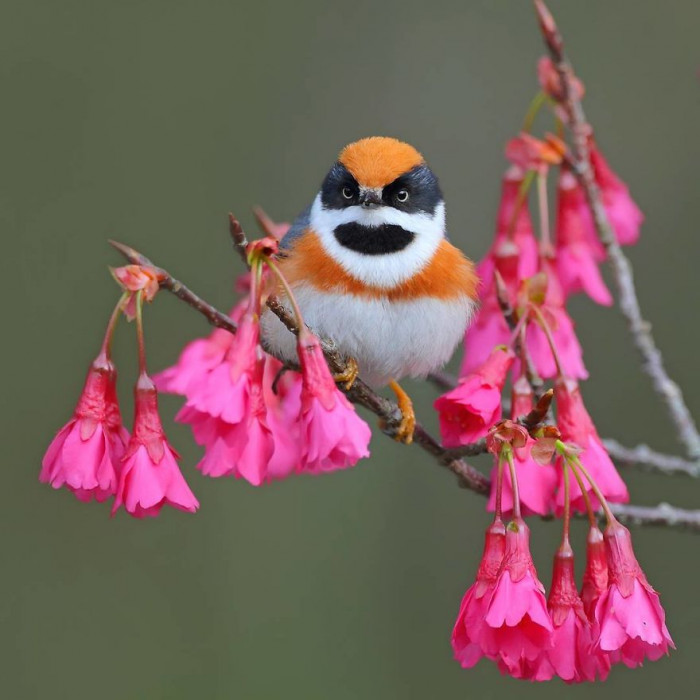
Some other populations were also found in the south of Vietnam, the north of China, and the island of Hainan.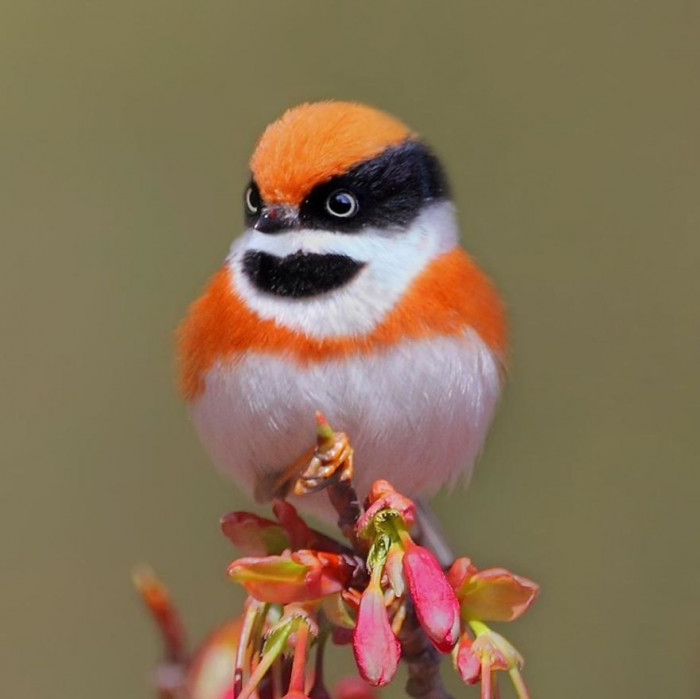
They can also be found near the Yellow River.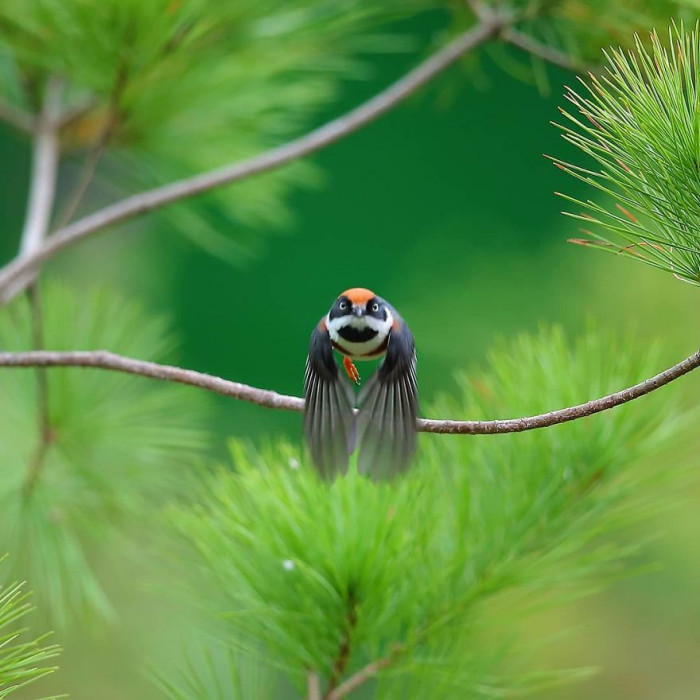
They prefer to live in open forests, especially in mid-latitude areas.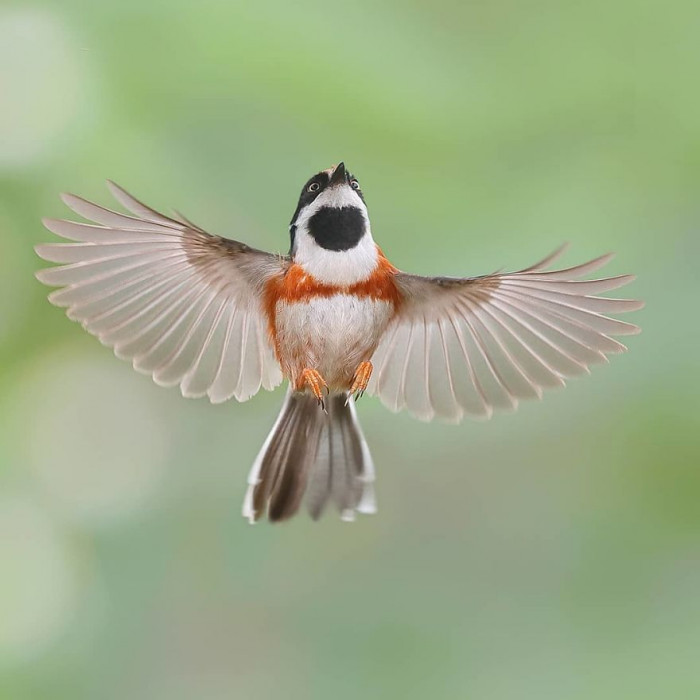
It is a very social bird, and it travels in flocks of up to 40 birds.













As of now, the black-throated bushtits are tagged under the Least Concern category, and won’t probably be in danger anytime soon with their numbers. Habitat loss may be a potential threat to them, but at present time, there is no immediate threat for them.
Comment down your thoughts, or share this article for all your family and friends to see!
Source: https://www.pupperish.com/







